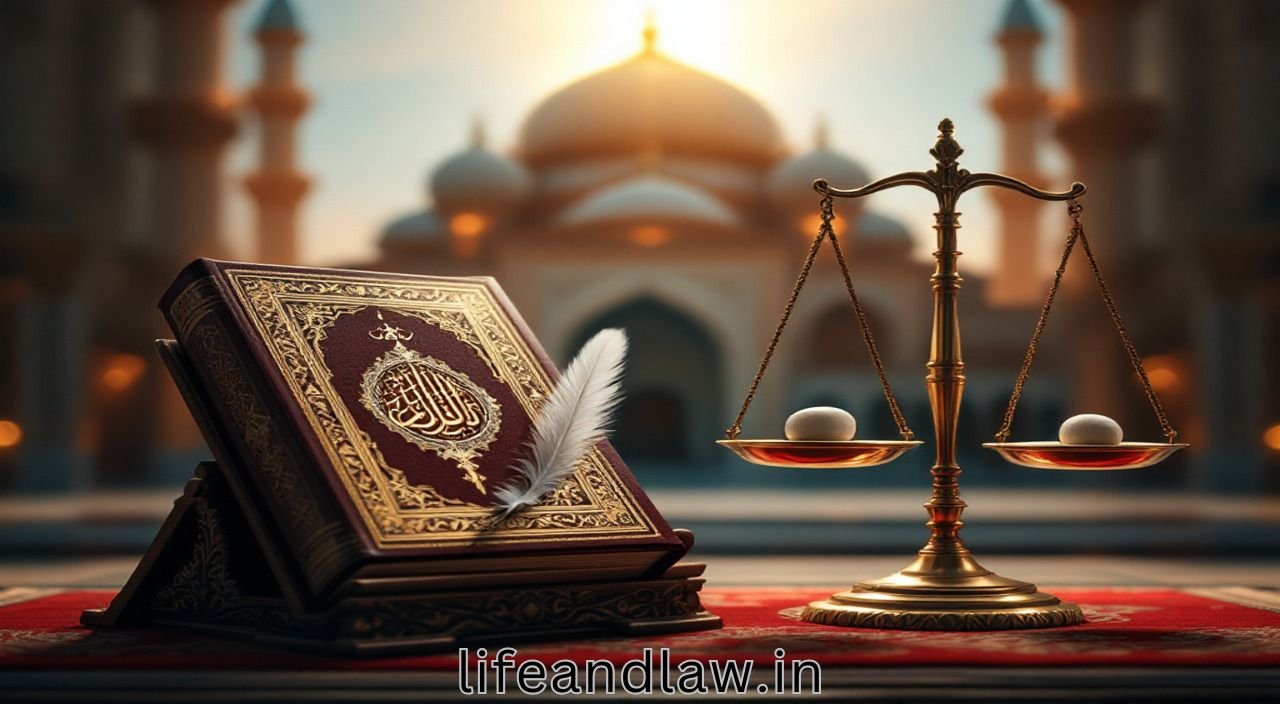Trending

When a Muslim person passes away leaving behind property, several important questions arise such as
For this, it is necessary to be well-versed in the laws of inheritance that both Shia and Sunni traditions hold under Muslim Personal Law. There are principles in each sect regarding the division of inheritance. Understanding these principles is important because then the distribution of property can be done properly, according to law. The identification of legal heirs, distribution of shares, handling of debts and liabilities, validity of wills (wasiyat), and treatment of jointly owned property and lifetime gifts all have specific guidelines under both Sunni and Shia laws. It is therefore very important to understand the clear and concise rules governing the two systems so that disputes may be resolved in a proper manner and the estate of the deceased person is distributed properly. This article seeks to explain the inheritance laws in Sunni in a clear and reader-friendly manner.
The right to inherit is based on the following:
Sabab (valid marriage): Only two sharers, the husband and wife, inherit based on their marriage to the deceased.
Nasab (Consanguinity): Blood relationships create sharers entitled to inheritance.
Wala (Fictitious Relationship): In special cases, inheritance can be based on a fictitious relationship, such as freed slaves inheriting from their patrons.
Under Sunni law, the possible heirs and successors are classified as follows:
If none of these heirs exist, the property will go to the State or public treasury.
Not all heirs inherit at the same time. Some heirs are excluded by others, leading to an order of succession:
Sharers & Residuaries: If the sharers’ portions use up the entire estate, residuaries will not inherit. Otherwise, sharers and residuaries together exclude distant kindred.
Within Each Class: Heirs within each class may exclude others.
Their shares are fixed and determined.It includes relatives with fixed shares as prescribed by the Quran. Male sharers includes Husband, Father, True grandfather how highsoever , Uterine brother whereas female sharers includes Wife, Mother, True grandmother how highsoever , Daughter, Son’s daughter how lowsoever, Uterine sister, Full sister, Consanguine sister.
fixed shares for certain relatives:
Relatives who inherit the remaining estate after sharers receive their shares. If there are multiple residuaries, they inherit equally if all are of the same gender. If there are both males and females, males receive double the share of females.If there are no sharers, they inherit the entire property. Their share depends on the amount of residue left, and they do not have fixed portions like sharers.
Residuaries are divided into four groups, based on succession order:
Son: Always a residuary. If a daughter exists, the son takes double her share.
Son’s Son: The nearer in degree excludes the more remote.Multiple sons’ sons inherit equally and Son’s sons take double the share of son’s daughters.
Son’s Daughter: Becomes a residuary when there is an equal son’s son, or a lower son’s son exists, provided she cannot inherit as a sharer. If she inherits with a lower son’s son and there are son’s daughters of the same grade, they share equally.
Father: Inherits as a residuary.
True Grandfather: The nearer in degree excludes the more remote.
Full Brother: A residuary who takes double the share of a full sister.
Full Sister: Becomes a residuary:
Consanguine Brother: A residuary who takes double the share of a consanguine sister.
Consanguine Sister: Becomes a residuary:
And it also includes Full Brother’s Son, Consanguine Brother’s Son, Full Brother’s Son’s Son, Consanguine Brother’s Son’s Son
Male descendants of the above inherit in the same order, excluding the more remote by the nearer.
It includes Full Paternal Uncle, Consanguine Paternal Uncle, Full Paternal Uncle’s Son,Consanguine Paternal Uncle’s Son, Full Paternal Uncle’s Son’s Son, Consanguine Paternal Uncle’s Son’s Son
Male descendants of the above inherit in like manner, with the nearer in degree excluding the more remote.
Distant kindred are blood relatives of the deceased who are neither sharers nor residuaries. They inherit only when no sharers or residuaries are present.
Distant kindred can be classified broadly into two types:
This category includes relatives related by blood and is further divided into four groups:
This group includes those who inherit in the absence of any blood relatives and are divided into four classes:
Sometimes, when the prescribed shares are calculated, they may be more or less than the full estate. There are doctrines of increase (if shares exceed the estate) and return (if shares are less than the estate) to adjust the division.
Example
So , The knowledge of Muslim inheritance laws is essential to the distribution of assets fairly according to the religious precepts. However, the intricate nature of the rules, from varying shares between heirs to differentiation between Sunni and Shia interpretations can very easily lead to confusion or controversy if not stated with clarity. So , Seeking professional legal advice is essential in order to navigate these intricate legalities.
A lawyer who specializes in Islamic inheritance laws can offer personalized guidance in line with religious directives and according to individual circumstances. For professional assistance in understanding all this rules and for knowing accurate share of yours in any property you can consult experts at www.asmlegalservices.in, www.easywillindia.com, or the author of this article at www.lifeandlaw.in, who can guide you in the easiest way.
Reference:

Adv. Abdul Mulla (Mob. No. 937 007 2022) is a seasoned legal professional with over 18 years of experience in advocacy, specializing in diverse areas of law, including Real Estate and Property Law, Matrimonial and Divorce Matters, Litigation and Dispute Resolution, and Will and Succession Planning. read more….
Copyright BlazeThemes. 2025
Superb, what a web site it is! This webpage gives useful data to us,
keep it up.